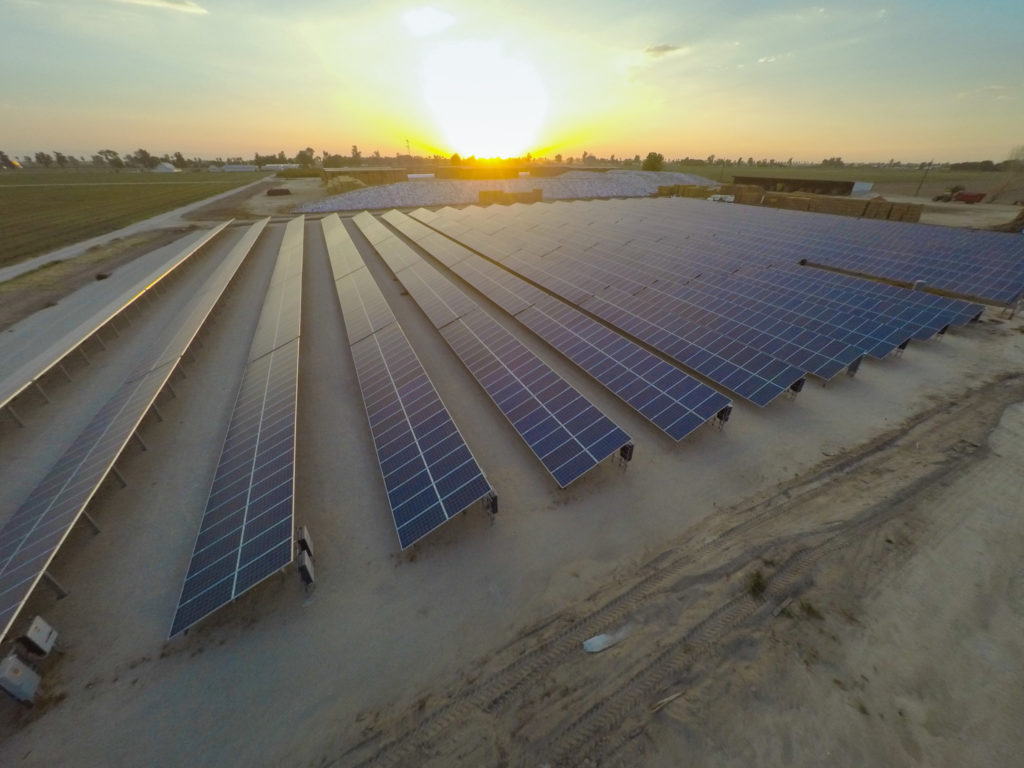
By Frank Andorka, Senior Correspondent
First the good news: The overall U.S. solar industry grew year over year by 13%, adding 2.5 GW-DC in the first quarter of 2018.
Now the bad news: That’s a 37% quarter-over-quarter decrease.
So the latest quarterly U.S. Solar Market Insights Report, put out by the Solar Energy Industries Association (SEIA) and GTM Research, is a bit of a mixed bag. But the fact that the U.S. solar market has shown any growth at all, in light of heavy tariffs on module imports, flat residential growth and a significant decrease in “non-residential” installations, is a good sign that the industry may well weather the storms.
“The solar industry had a strong showing in the first quarter,” said SEIA President and CEO Abigail Ross Hopper. “This data shows that solar has become a common-sense option for much of the U.S. and is too strong to be set back for long, even in light of the tariffs. States from California to Florida have stepped up with smart policies that will drive investment for years to come.”
“This is a promising indicator that constraints to residential PV growth like segment-wide customer acquisition challenges and national installer pullback are abating,” GTM Senior Analyst Austin Perea said. “However, these problems are not entirely solved, as we’re seeing slowdowns in states with a relatively high penetration of PV installations.”
The report notes that the three most active markets – New York, New Jersey and Maryland – will continue to contract, but Perea said he expects those declines to be offset by increases in emerging markets. In particular, Perea cited Florida – a market SolarWakeup has reported on extensively as it has taken off this quarter – as one of the significant bright spots as solar development skyrocketed in the state. In part, solar’s growth in the Sunshine State is being fueled by increasingly active third-party solar options, like Sunrun’s lease and Sunnova’s loan programs.
So far this year, Florida has added more solar than it did in all of 2016, which was the high-water mark for solar development in the United States so far.
GTM says it expects growth in the overall U.S. market will be flat, although the analysis couldn’t have foreseen the recent Chinese decision to decimate its own solar market which, if the module oversupply spills into the United States, could spark unanticipated growth in the U.S. solar market as markets that the tariffs had closed suddenly open again.

